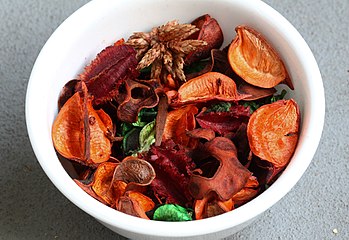Last week we asked if there were any other issues with metal that we should consider. Well, two things come to mind immediately: metals other than bronze and lead, and knowing your metal source.
Metals were not carefully assayed in the past they way they can be today. The people who created the various pure metals and alloys were knowledgeable, and there is a considerable amount of pre-1600 written material about creating various alloys, but metal purity could not be tested with the same level of precision that we have modernly. Many alchemy texts have information on metallurgy.
When you are reading museum data base entries, the actual metal content of a piece is rarely listed. “Copper alloy” is often used to refer to any sort of bronze metal and the actually purity of precious metals is rarely noted. Until recently it has been much too expensive to test each piece to determine exactly the metal content. Larger organizations, like the British Museum, will sometimes reevaluate pieces as they clean them, and they sometimes test the metal content. Testing content has helped to reveal frauds, and modifications of artifacts, many of which were done in antiquity.
For anyone who has ever followed the types of silver that are available modernly, the two most common would be Sterling Silver (also designated as .925) and Fine Silver (.999). Those numbers simply indicate the percentage of silver that is included in the alloy. There are other designations, including coin silver (which varies in silver content depending on the date of manufacture and the country), and Argentium Silver (which is a tarnish resistant form of Sterling Silver with special properties). The terms Bali Silver, Thai Silver, and Mexican Silver may be used in a retail setting, but have no legal meanings. Nickel Silver, or German Silver is silver colored, and does not actually contain any silver at all. It is a copper alloy.
There were an assortment of silver alloys that were used in period that are not usually used modernly. Billon has been used since at least ancient Greece. It is a silver colored alloy which usually contains silver and other metals (usually copper), and may sometimes contain mercury. It was commonly used for making coins and medals. Electrum is a naturally occurring alloy of silver and gold, which has been used since at least 3,000BC by the ancient Egyptians. It was used widely in coinage and jewelry manufacture by cultures as varied as the Egyptians and the Vikings. There are major deposits of natural electrum in Anatolia (Turkey).
All of the silver pieces that I currently make for sale in my shop is classified as Sterling Silver. My cast pieces are solid sterling, and the wire and plate that I use in my toiletry sets, needles cases and chains (both knit and link) are all solid Sterling Silver. I do not currently work with Argentium silver. Sterling Silver alloy was used during Medieval times.
Next time: What about silver plate, silver filled, vermeil, and gold filled metals, and sources of metal?


